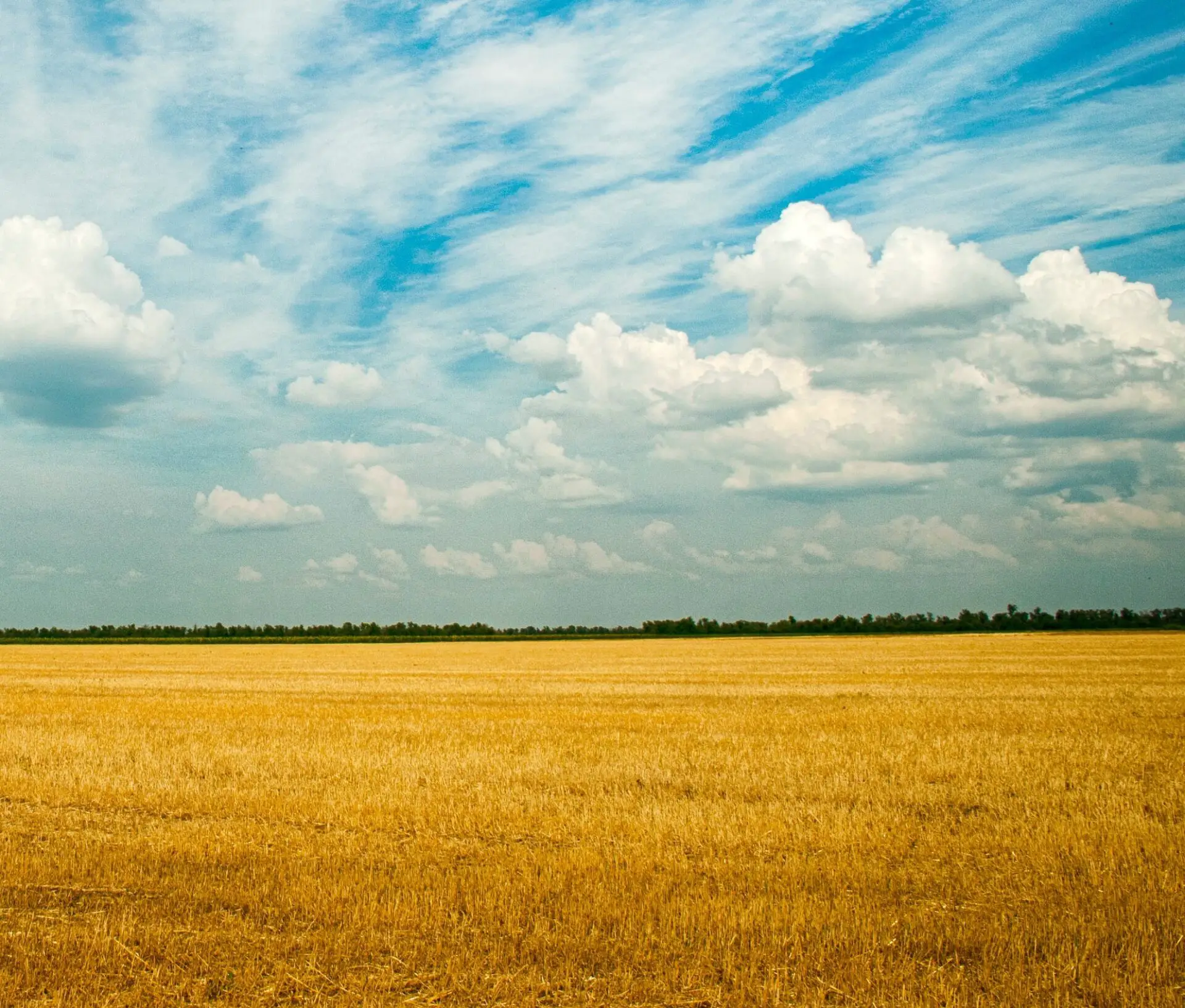One of the most common ways to find water & determine its depth is with metal rods held loosely in your hands. However, it is also possible to achieve the same result with willow sticks.
In this article we’ll cover how dowsing rods determine water depth. We have seen may people doing this many times, from all walks of life. The process in principle is outlined below:
- Walk around pointing the stick forward to find the water source,
- At certain spots, the stick will cause you to turn,
- Once the water is located, it’s time to determine its depth.
How do you find the depth of water using a dowsing rod?
To determine the depth of the water, you will need a rod or a forked willow stick: hold the stick by the small end and let it bob up and down until it stops bobbing. The more the stick swings side-to-side, the deeper the water.
There is always going to be a degree of uncertainty when identifying water depth, which can be very frustrating. The advice is to assume at least 10ft as a starting point, and the dowse the accurate answer with the stick. Let’s get to the main point:
How to use Dowsing rods to find water depth?
To find water depth using dowsing rods you need to get a solid grip on both ends of a rod from underneath: this means having your fists facing upwards. Then you need to gently hold the rod in a horizontal line. Now you’ll be able to determine water depth.
- Explore Copper Dowsing Rods => here
- Click Here for => Dowsing Boards
- 500 years of dowsing => Get The Book Here
How does a witching stick work?
A witching stick is a divination tool that can be used to find lost objects, minerals or water. It’s made from any type of wood, but it’s important that you don’t use freshly cut wood, as it won’t work properly. Instead, look for wood that has been collected and dried out for at least a couple of days prior to making your stick.
A common belief is that witching sticks were historically used by early colonists to protect their crops.
It is believed that witches would often leave a stick behind after using it, as a sign that they had been there, while others believe they were left by spirit guides sent from animals which could not cross over until the spell was broken.
What is a witching stick called?
A witching stick, or forked stick is also known as and called Y-rod. The reason behind this is the typical Y-forked shape that represents these types of witching sticks.
A little Word of Caution: How do you use witching sticks to find water? (without being disappointed)
Even if you are experienced at dowsing, the result may still be uncertain. The water source & depth level may slightly change depending on the time of day, the weather conditions, and other factors. So it’s always important to take into account all the variables before deciding how deep the water actually is.
- Explore Copper Dowsing Rods => here
- Click Here for => Dowsing Boards
- 500 years of dowsing => Get The Book Here
When using a forked willow to locate underground water, it is fundamental to be patient (however, we know this isn’t always an easy task). The willow stick may give us a false positive by bouncing up and down multiple times & swinging side-to-side, sometimes indicating the wrong depth of the water.
At the end of the day, the result will be a combination of experience, trial & error and a sprinkle of luck.

